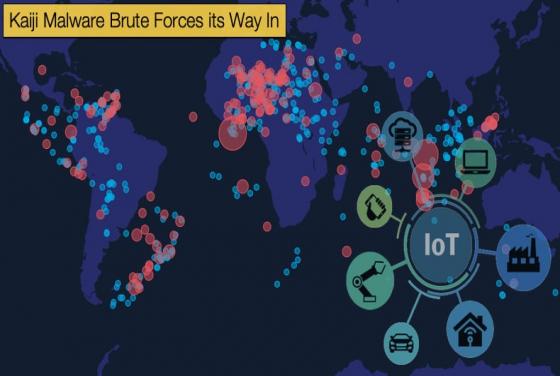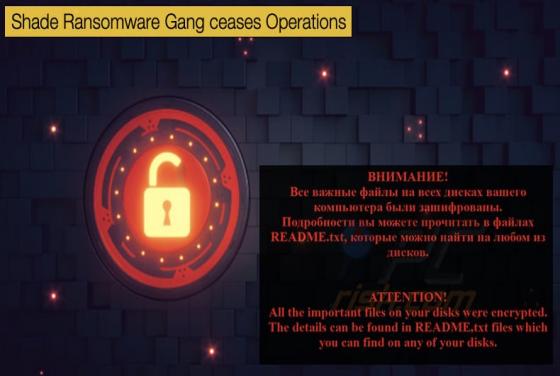

Silent Night Botnet Emerges from Zeus’ Shadow
It can be successfully argued that the most famous banking trojan ever released unto an unsuspecting public was Zeus. The malware itself caused havoc but when the source code found its way into the public domain several other malware variants sprouted up built of the source code. Zeus Sphinx, someti








